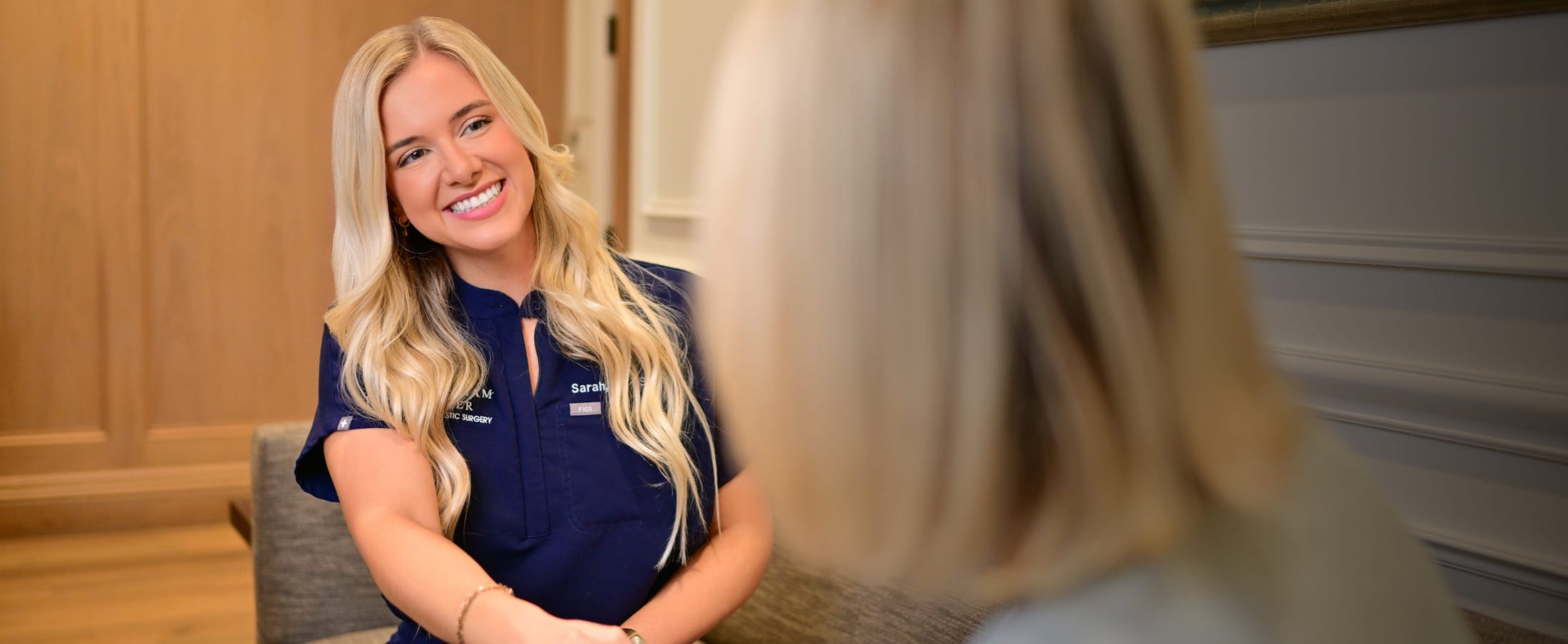Broadband Light Before & Afters
*Each patient is unique, and individual results may vary.
*Each patient is unique, and individual results may vary.

The number of treatments depends on your skin’s condition and desired results. The Buckingham Center’s clinical staff can personalize a plan based on your specific needs and may choose to combine BBL with other aesthetic procedures to further personalize your treatment.
BBL is a very tolerable treatment that requires, at most, a topical anesthetic, which is applied between 30 and 60 minutes before treatment begins.
After the treatment, pigmented spots will turn darker, and you will experience mild redness and warmth, similar to a sunburn.
You may be given skin care products and instructions on how to use them. After the procedure, your skin will be sensitive to ultraviolet light, so you must avoid direct sun exposure until fully healed. It is recommended that you always use a sunblock with an SPF of at least 30 to prevent sun damage and premature aging of your skin.
Most patients notice an improvement approximately 2-4 weeks after treatment. Results can be obtained in just one treatment. However, the number of treatments varies from patient to patient.
BBL treatments can improve dermal thickness and cellular architecture. The patient may notice some improvement in skin tone and texture as a result. However, BBL treatments can help prevent wrinkle development but cannot significantly improve wrinkles that have already formed. Nonetheless, your provider may recommend BBL in addition to more corrective treatments that build collagen and elastin in the skin or soften the appearance of fine lines and wrinkles. BBL is an exceptional treatment for reducing broken capillaries, as well as the brown spots caused by aging and sun damage. It is also a great modality for prevention, keeping the skin healthy and reducing significant wrinkle formation. Think of BBL as repairing these issues, then helping to keep skin healthy to slow the aging process.
Certainly, BBL can cause burns, but only if misused. At the same time, mild superficial burns can occur in rare instances, even in the best hands. However, severe burns should always be able to be avoided. If mild superficial burns should result from a BBL treatment, a patient would experience slight blistering and peeling, both of which are easily treatable. BBL is a very powerful device that allows for excellent results, but safety and judgment must always prevail. Choosing an experienced medical professional to perform your BBL is the best way to avoid a complication.
BBL is an excellent treatment for brown spots on the face. It usually requires two to four treatments to get maximum improvement, but the recovery time following each treatment is minimal. An at home medical grade skincare regimen and sun protection will minimize recurrences, but studies have shown that a BBL treatment every 3-4 months greatly improves skin quality and reduces the signs of aging.
melasma is a difficult skin condition to treat. BBL can improve melasma in some patients, but the treatments are typically performed in addition to other lasers that are safe to treat melasma or the condition may worsen. We often prefer to use Moxi laser and topical agents when addressing melasma.
